Performance of Elastomeric Foam (Rubber-Plastic Boards) in Extreme Temperature Environments
2025-06-18 15:44:33
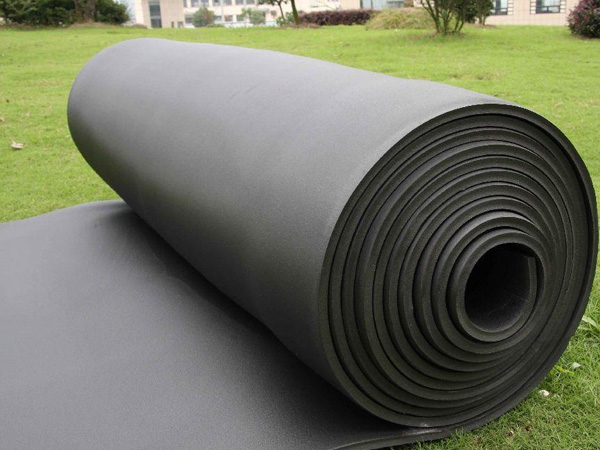
Performance of Elastomeric Foam (Rubber-Plastic Boards) in Extreme Temperature Environments
Elastomeric foam insulation is widely used in applications requiring thermal stability across a broad temperature range. Below is an analysis of its performance under extreme cold and heat, along with key considerations for optimal use.
1. Low-Temperature Performance (-50°C to -20°C)
Material Flexibility:
Retains elasticity down to -50°C without becoming brittle, preventing cracks during thermal contraction2.
Cold-resistant formulations (e.g., EPDM-based) exhibit better low-temperature flexibility than NBR-PVC blends.
Thermal Conductivity:
Maintains stable insulation (λ ≈ 0.034–0.038 W/m·K) even in cryogenic conditions, outperforming fiberglass (which absorbs moisture and loses R-value)2.
Installation Challenges:
Adhesives require winter-grade formulations (e.g., polyurethane-based) to cure below 5°C2.
Pre-cut panels are recommended to avoid on-site cutting in freezing temperatures.
2. High-Temperature Performance (105°C to 200°C)
Thermal Degradation Limits:
Standard elastomeric foam withstands ≤105°C continuously (per GB/T 17794), with ≤10% dimensional change after 7 days at 105°C2.
Specialty high-temp grades (e.g., with ceramic microspheres) extend range to 150–200°C for steam pipelines2.
Fire Resistance:
At >200°C, flame-retardant additives decompose endothermically, forming a char layer to slow combustion (B1/B2 fire rating)2.
No melting drips, reducing secondary ignition risks.
Oxidation & Aging:
Prolonged exposure above 120°C accelerates hardening; UV-resistant coatings are critical for outdoor applications.
3. Critical Application Considerations
Thermal Cycling:
Repeated expansion/contraction can stress seams; use flexible sealants (e.g., silicone) at joints2.
System Design:
For steam pipes (>95°C), increase thickness by 20–30% to compensate for higher heat flux2.
In cryogenic storage (-50°C to -196°C), layer with aerogel blankets for optimal performance.
Material Selection:
EPDM-based foams excel in UV/ozone resistance for outdoor extremes2.
NBR-PVC blends offer better oil resistance in industrial settings.
4. Failure Modes & Mitigation
Cold Environments:
Risk of cold brittleness if improperly formulated; verify ASTM C411 cold-bend test results.
Hot Environments:
Shrinkage & delamination may occur; ensure adhesives are rated for peak service temps.
For nuclear or aerospace applications, specialty elastomeric foams with silicone or ceramic additives are available for -200°C to 300°C ranges.
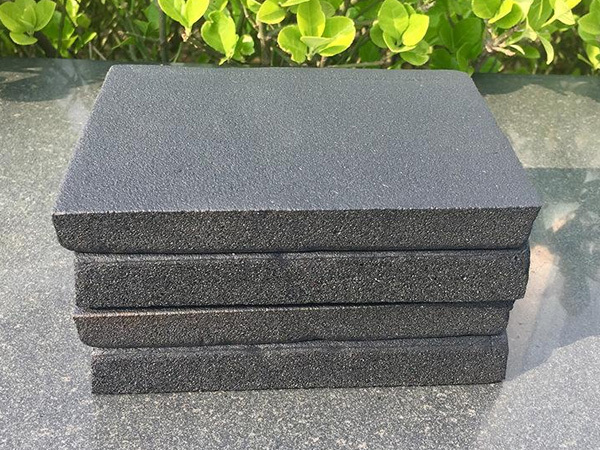
OurFlame Retardant Rubber Foamis a premium closed-cell elastomeric insulation material engi...
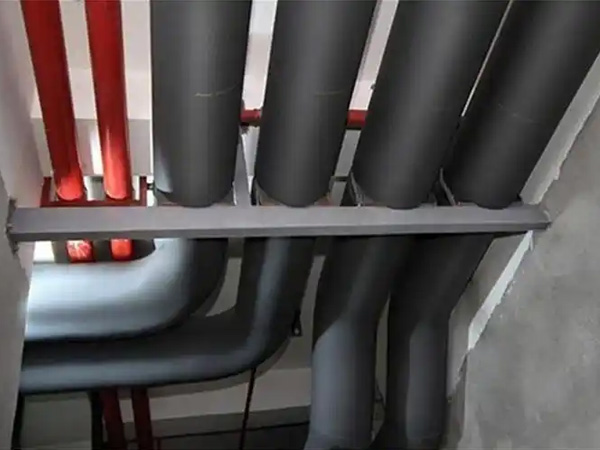
OurRubber Pipe Insulationis a high-performance solution designed specifically for HVAC pipi...
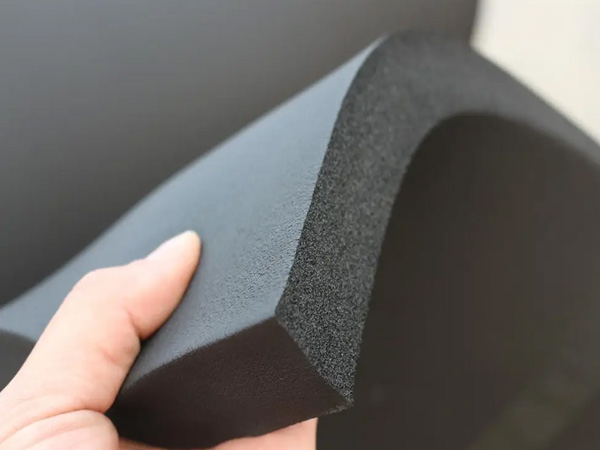
Rubber Foam Insulation Sheet – Product Introduction Premium Flexible Insulation for Therm...
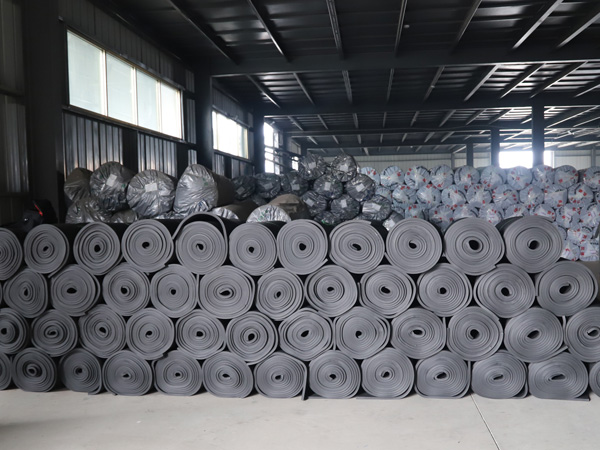
Specially engineered for refrigeration applications, ourElastomeric Rubber Insulationprovid...



